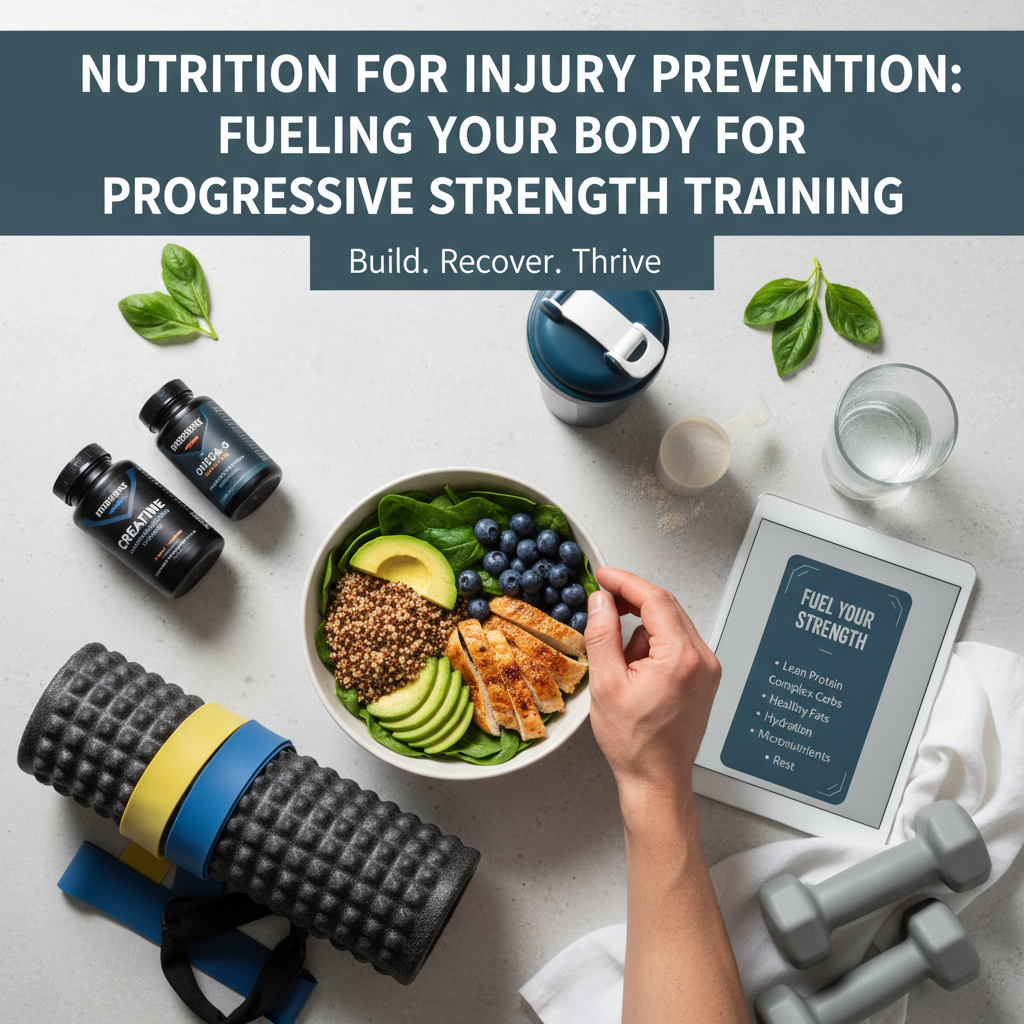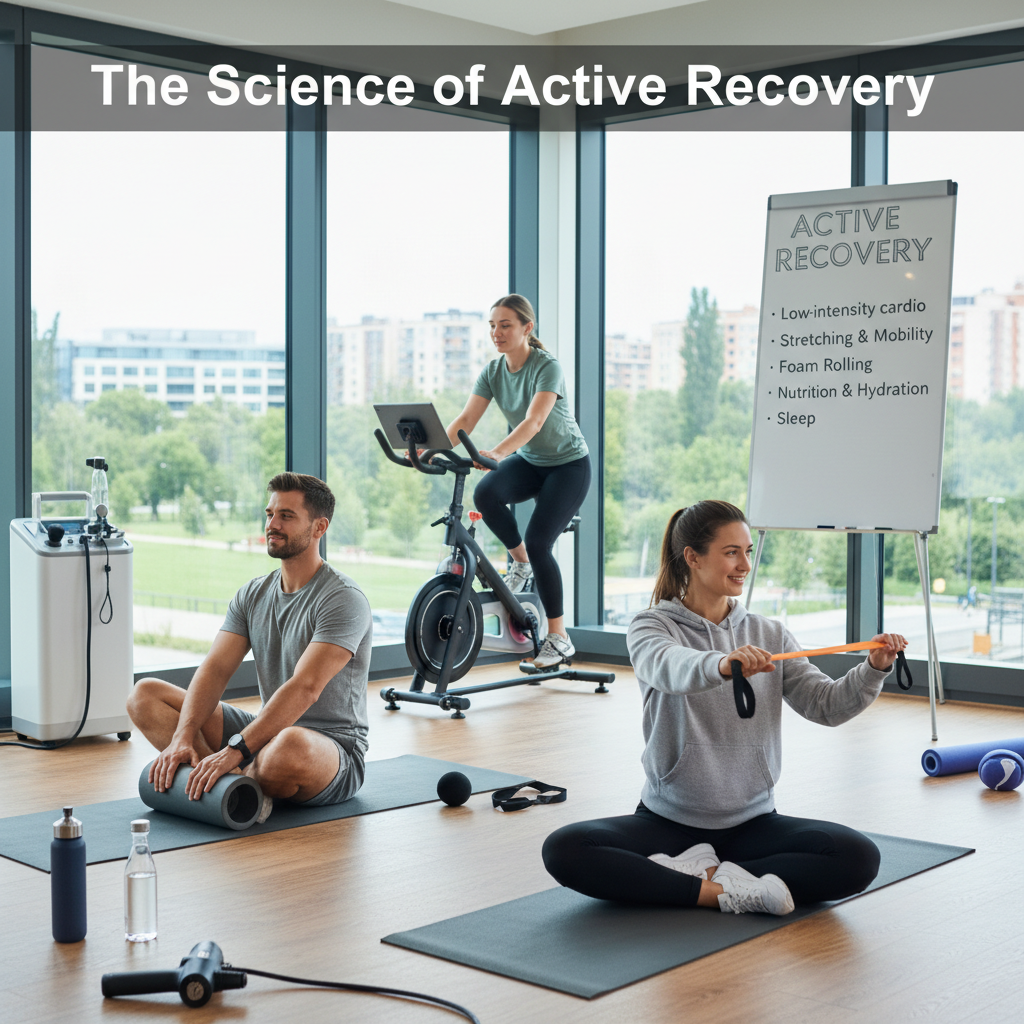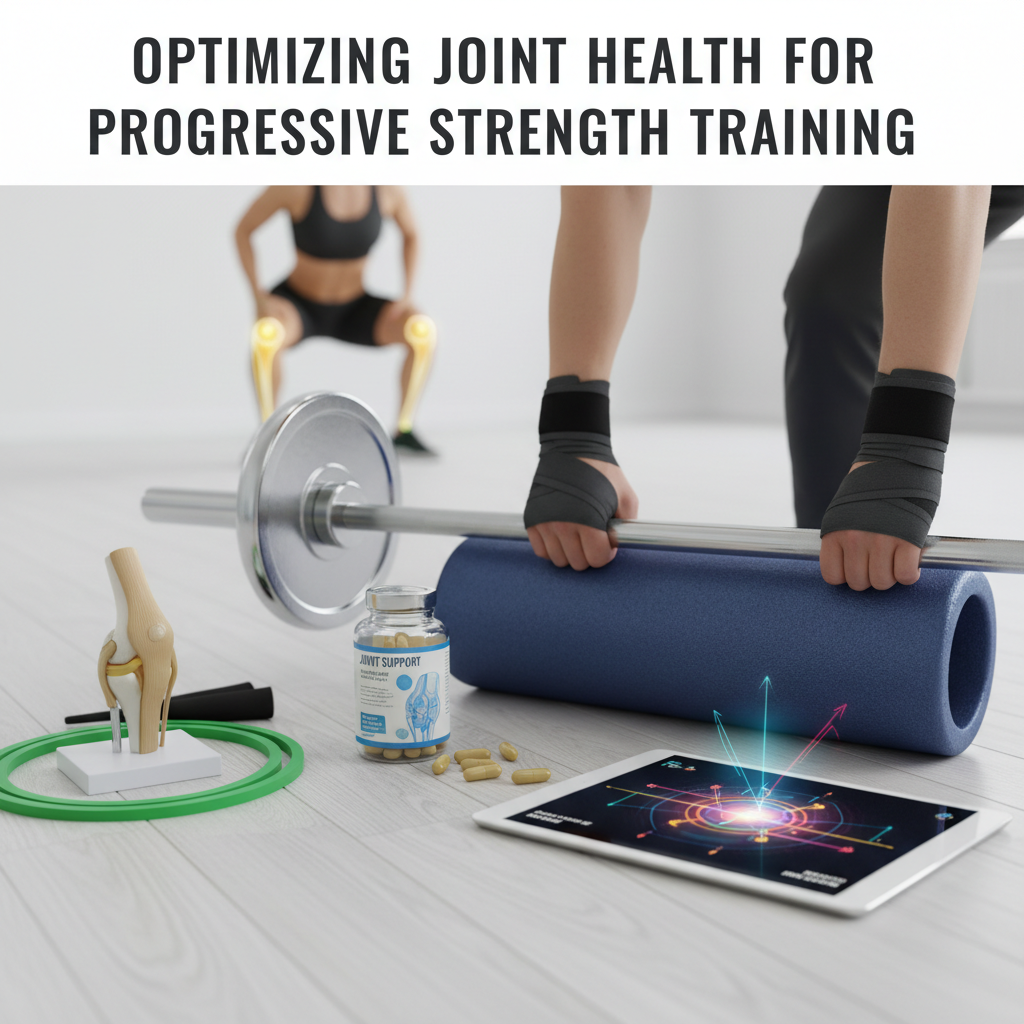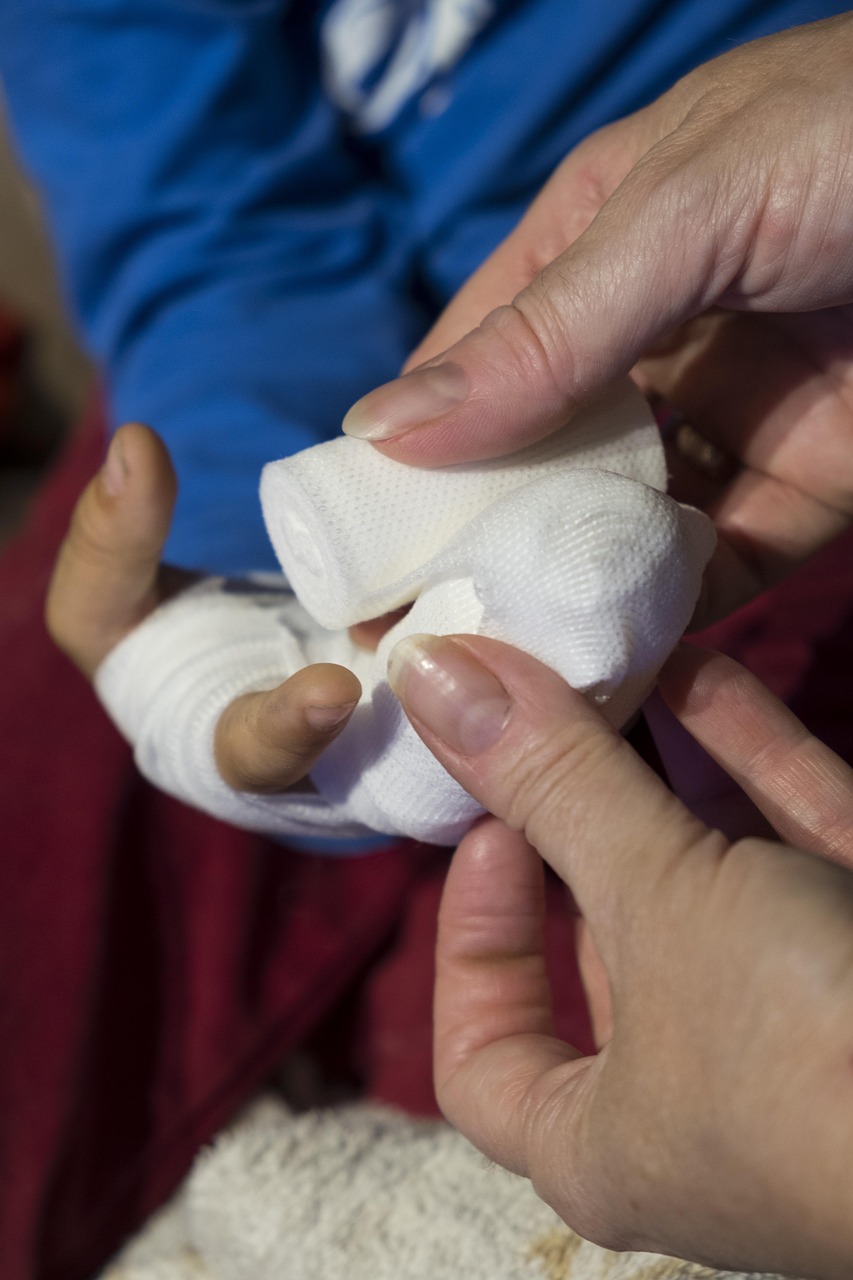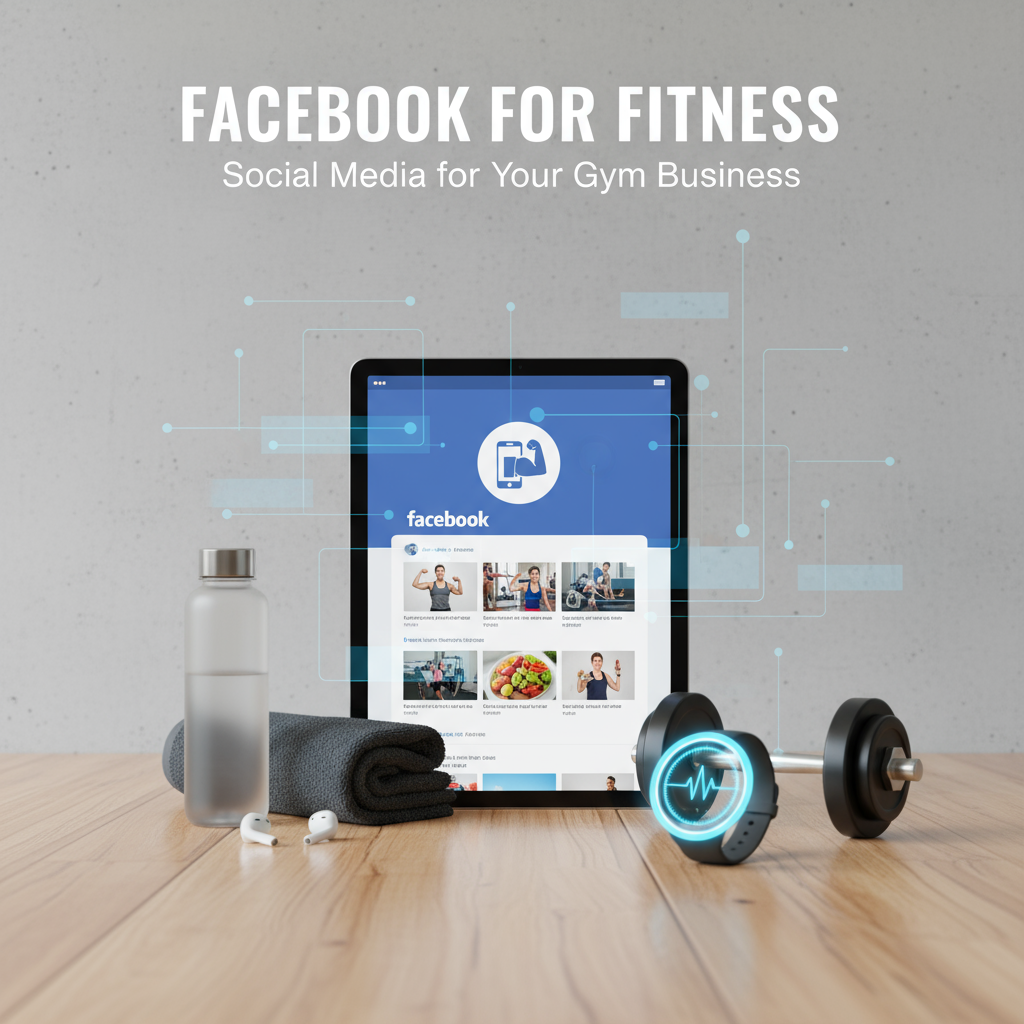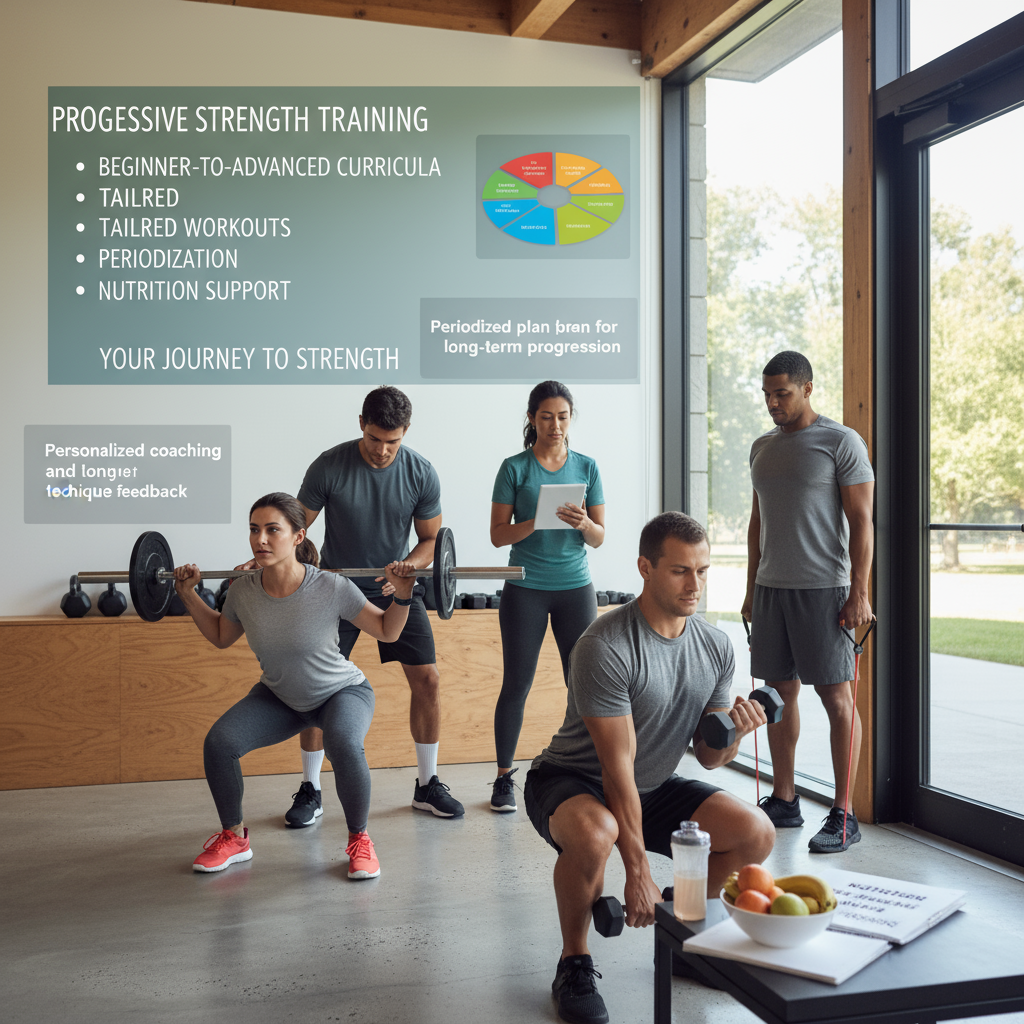
Understanding Progressive strength training programs: What Patients Should Know
For patients cleared by their clinician—post-rehab folks, beginners nervous about lifting, and busy adults trying to get stronger without guesswork—this is for you. You’re worried about re-injury, confused by conflicting advice, stuck on plateaus, and short on time. Get Stronger Now designs progressive strength training programs with personalized coaching and technique feedback, smart home and gym workout adaptations, periodized plans for long-term progression, and practical nutrition guidance for strength gains so you make steady, safe progress without spinning your wheels.
What is a progressive strength training program?
It’s a plan that nudges your body to do a bit more over time—more load, reps, sets, or better tempo/technique. The method is simple: track, progress, recover, repeat. In my experience, patients do best starting at RPE 6–7 (comfortable effort) and adding 2–5 lbs once they beat the target reps with solid form.
How many days per week should patients train?
Most do great on 2–3 days per week to start. That gives 48 hours between similar lifts so tissues adapt instead of rebel. Want faster progress? Move to 3–4 days once recovery is smooth. I’ve noticed consistency beats marathon sessions—35 to 55 minutes is plenty.
Can I get results at home without expensive equipment?
Yes—home and gym workout adaptations make strength accessible. Think: goblet squats, split squats, push-ups, rows, hinges with a backpack, bands, or a single dumbbell. Then scale up: heavier loads, slower eccentrics, pauses. And if you’ve got a rack and barbell, great… we’ll use them.
What does a periodized plan for long-term progression look like?
Periodized plans for long-term progression break the year into focused blocks so you never stall.
- Weeks 1–4: Technique + base volume (8–12 reps, RPE 6–7)
- Weeks 5–8: Strength focus (4–6 reps, RPE 7–8)
- Weeks 9–12: Peak + test (3–5 reps, RPE 8–9), then a deload week
Get Stronger Now manages the switches—so you just train.
How fast will I get stronger—and how do I measure it?
Early neural gains show up in 2–3 weeks. Meaningful increases often land by week 6–8, with bigger jumps by week 12 if you’re consistent. Measure with a 5-rep performance check, total volume lifted, or RPE dropping at the same load. Small wins, logged weekly, add up.

What should I eat for strength gains?
Nutrition guidance for strength gains is straightforward, not fancy.
- Protein: 1.6–2.2 g/kg body weight daily (spread across 3–5 meals)
- Carbs: anchor around training—think oats, rice, fruit, potatoes
- Creatine monohydrate: 3–5 g daily (safe, well-studied)
- Hydration + sodium: lift better, cramp less
And yes, you can enjoy real food. Just hit the anchors.
Do I need a coach or can I DIY?
You can DIY—lots do. But personalized coaching and technique feedback accelerates results and reduces flare-ups. A quick video angle change can fix a squat in 30 seconds. Coaches also auto-adjust on tough weeks (travel, stress) so you keep momentum rather than forcing bad sessions.
How does Get Stronger Now build a beginner-to-advanced strength curriculum?
We start with a movement screen and simple baselines, then map milestones: pain-free patterns, strength targets, and skills. The plan adapts—home or gym—adding complexity only when you’re ready. The best part is—well, actually there are two best parts—clear progress markers and less guesswork. If this feels overwhelming, Get Stronger Now can handle it for you so you just show up and lift.
